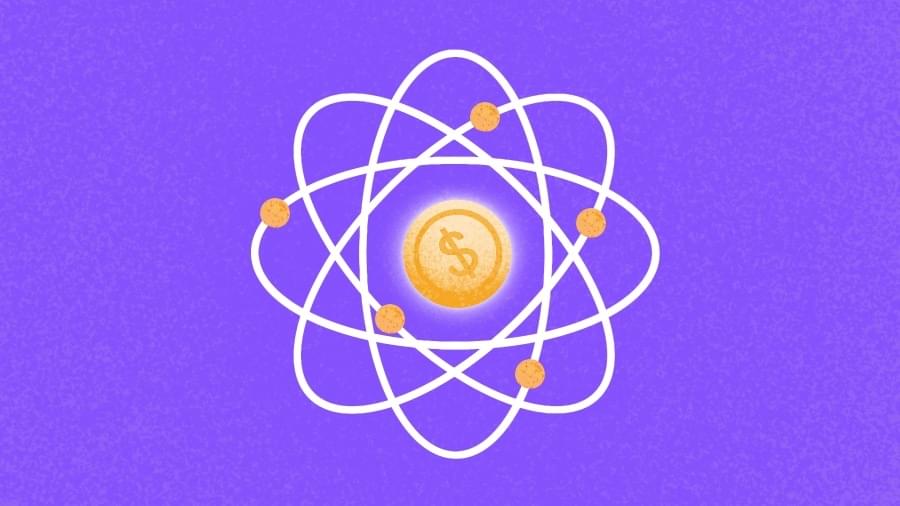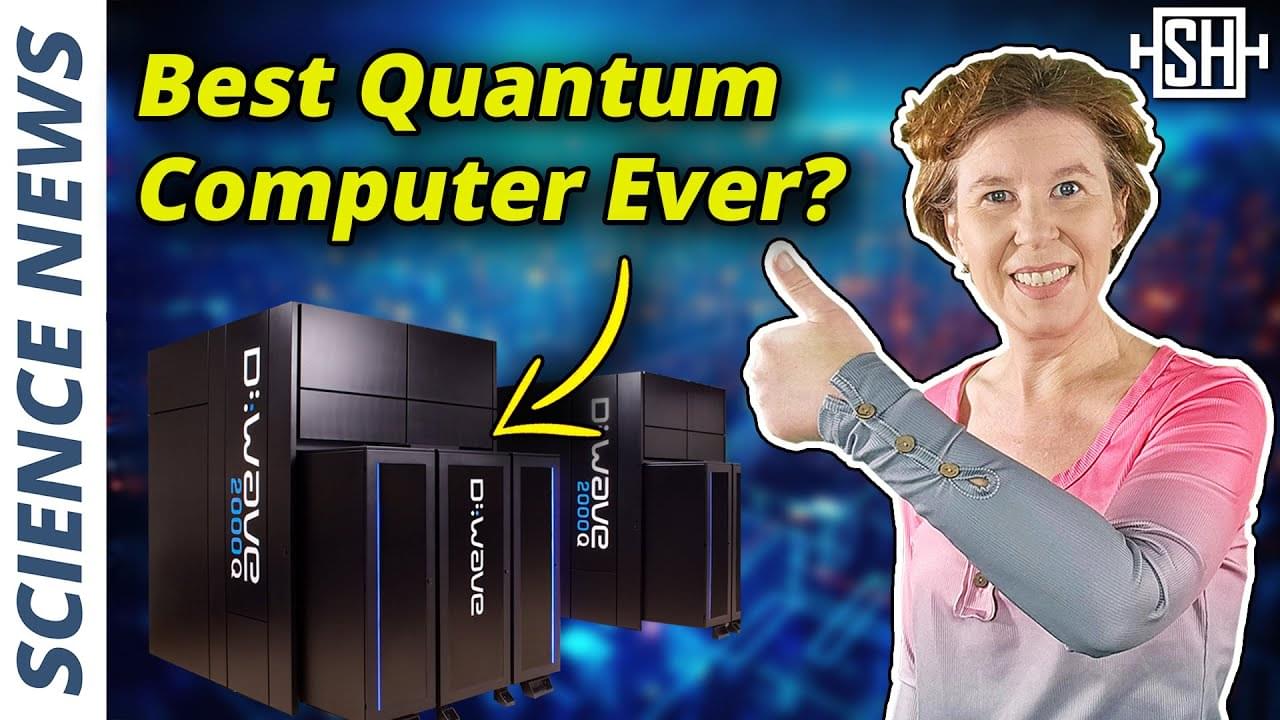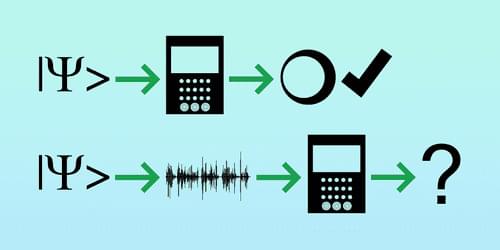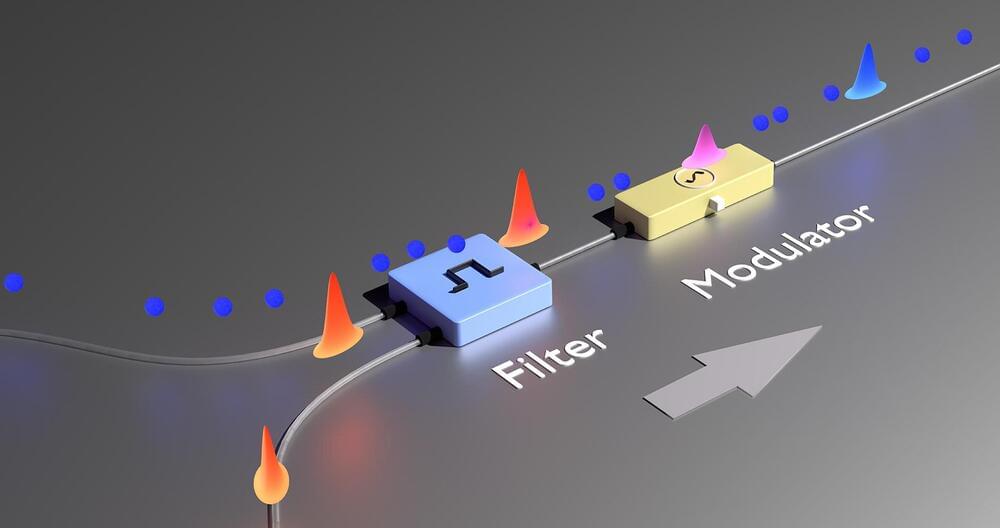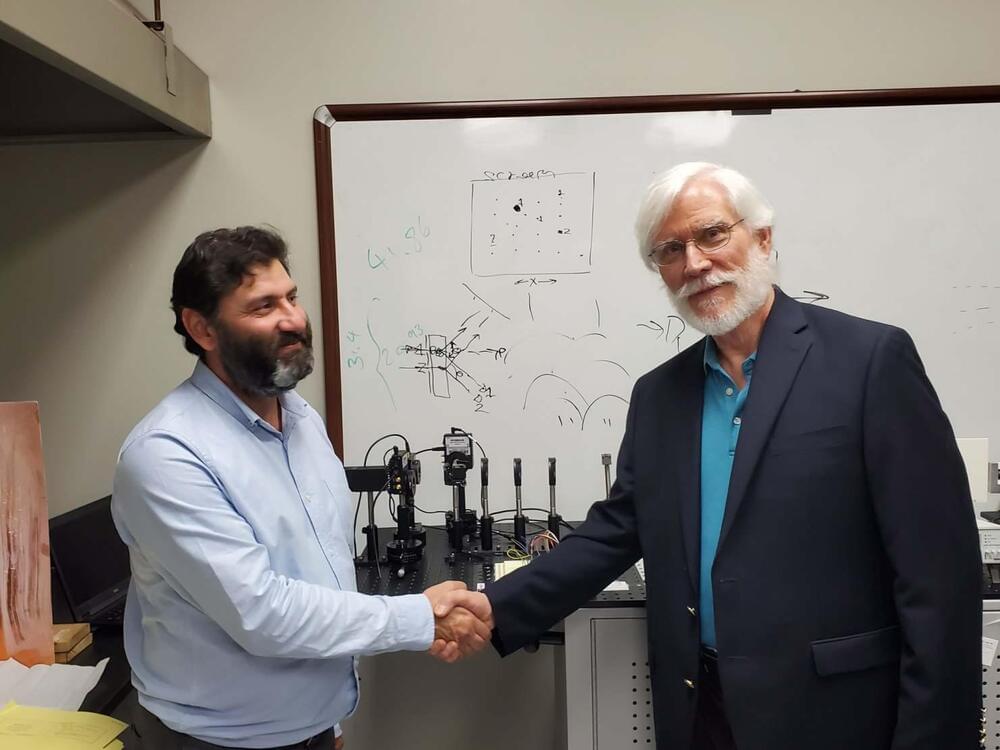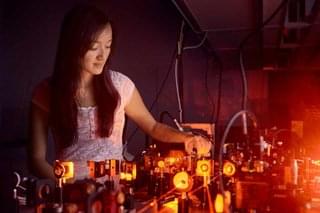Aug 7, 2024
Scientists say they can reverse time in a quantum system. Here’s how
Posted by Shubham Ghosh Roy in categories: particle physics, quantum physics
“We can rewind to a previous scene or skip several scenes ahead.”
An worldwide team of scientists claims to have found a means to speed up, slow down, and even reverse the clock of a given system by taking use of the peculiar qualities of the quantum universe, as reported by Spanish newspaper El País.
The scientists from the Austrian Academy of Sciences and the University of Vienna presented their findings in six separate papers. The basic principles of physics do not transfer intuitively onto the subatomic world, which is made up of quantum particles known as qubits, which can exist in several states at the same time, a phenomenon known as quantum entanglement.

